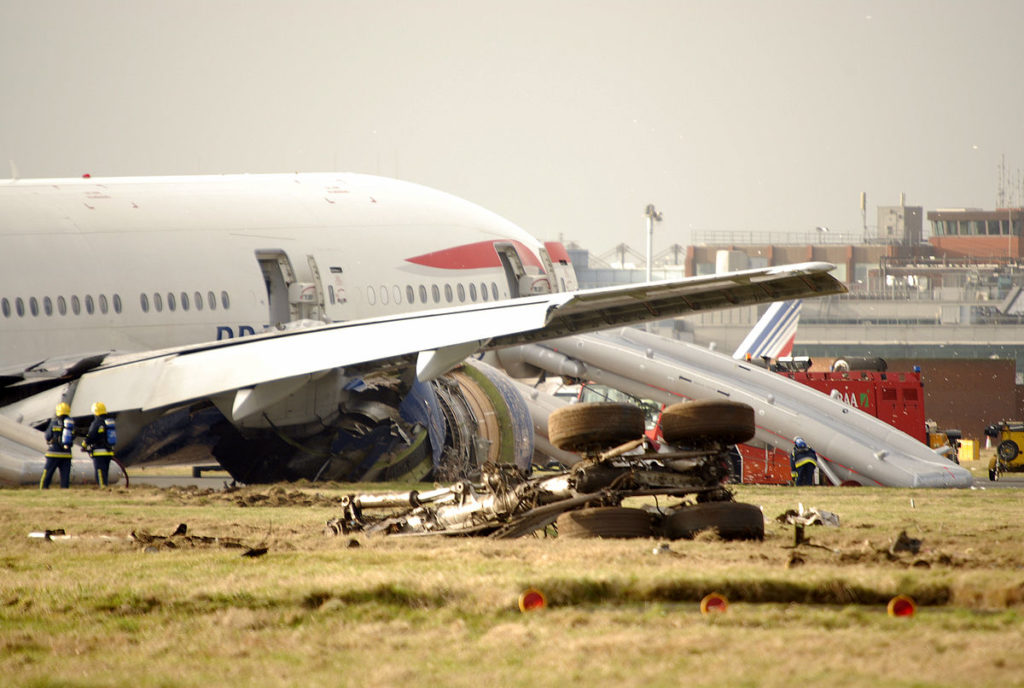On 17 January 2008, a double engine failure in a Boeing 777 Flight BA038 —which was only 700 feet off the ground— caused by an obstruction of ice in the fuel lines, led this aircraft of 14 tires to almost 30 seconds to impact against buildings and antennas of Runway 27L at Heathrow Airport.
Captain Peter Burkill did what I would call, a parlor game, an unexpected checkmate, a maneuver that is not shown in any simulator and that only theoretical knowledge of aerodynamic behavior could teach you. Although it was simple, it saved the lives of 152 people. He reduced the flap setting from 30 to 25 degrees, thus reducing the levels of parasitic drag and increasing the lift values enough to overcome the almost 2 miles left to reach the runway. It was a rough landing that destroyed some parts of the plane but no deaths were reported.

Aerodynamics is the mother science of our profession, with which you learn the basic principles of flight, but unfortunately it is misunderstood and —even worse— poorly taught. It should not be so complex to teach it considering there are only 2 ways to transmit aerodynamic forces: By pressure distribution and friction.
For instance, it is usual to find outdated concepts in refresher courses or aviation schools to explain why an airplane flies such as:
The free transit of molecules, which states that 2 air molecules that begin their journey at the leading edge of a wing reach the end of it at the same time or that the positive pressure under the wing makes the plane rise up, creating lift, nothing could be more untrue.
Important concepts that help explain with a solid base why a plane really flies, the operation of aerodynamic devices and the effects of aerodynamic forces on them are not yet taught. Concepts such as: The Law of Continuity, Newton’s third law, the Coanda effect, among others. This knowledge would give pilots weapons similar to that used by Captain Burkill.
It is well known that the level of knowledge required in Europe is quite high and taking into consideration events such as the Flight BA038, we can understand the reason. This level is based not only on training hours in simulators or trainer aircrafts but also on the good deal of reading and research levels by instructors, pilots and —of course— students.
IS IT POSSIBLE TO ACHIEVE THIS STANDARD IN LATIN AMERICA?
Of course, but it is a joint effort between authorities, airlines and pilot schools. For the moment, let’s begin step by step, changing old concepts in all the subjects currently taught at all levels of aviation.
Let’s lay good foundations through constant training to be able to pass right knowledge to the next generations and to everyone we teach.
Finally, it must be noted the experience gained by flight hours is very important but —nowadays— airlines around the world require applicants and aircrews to have higher theoretical standards. In this sense, the understanding of basic and advanced concepts has become very important and we must be prepared for it. Moreover, a deeper knowledge of sciences such as Aerodynamics could be the ace up the sleeve that takes us out of a complicated situation.
Por ultimo recordemos que la experiencia ganada por las horas de vuelo es muy importante, pero actualmente los requerimientos por parte de las líneas aéreas en todo el mundo por estándares teóricos más elevados en sus postulantes y tripulaciones han hecho que el entendimiento de conceptos básicos y avanzados cobren muchísima importancia, y debemos estar preparados para ello. Además un conocimiento más profundo de ciencias como la Aerodinámica, podría ser el As bajo la manga que nos saque de una situación complicada.
DITHEL BLESS




